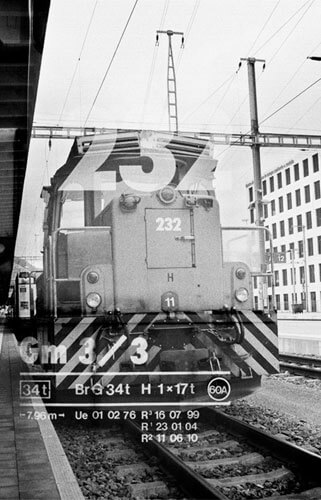Akzidenz currently living and working between Paris and New York. His education focused around art and communication studies in Paris and New York, where he lived and worked for many years before returning to Paris. He presently works as an art director for some of the mosthigh-end luxury brands worldwide.
This background has a rooted presence in his work - in that he is less interested in the representational qualities of the photograph, focusing more on the exploration of the fringes of each terrain. This focus stems from the will to not use photography as a traditional means of representation of reality but creating a platform for discourse and thought. In order to achieve this dais, he tries to invent his own visual language, using multi-exposures, superposition, juxtaposition and ‘sequentiality’ to interpret, rewrite and therefore, relate to manufactured experiences which are being created on a daily basis by mass media.
In short his photography can be summed into Objects, which create an intrinsic world of their own, or in his own words: “My works aren’t pictures of something, but objects about something.”
Akzidenz purposefully chooses to use the 20th century medium of film allowing him to see, and therefore place the present into perspective. The choice of black & white and grain become the signifiers that depict and foster the equivalence of life and shape within his work. The single ‘effects’ of contemporary post-processing are not important to his work, to the point that he refuses to use such ‘effects’ - anything beyond the traditional workflow of the darkroom is prohibited in his work.
